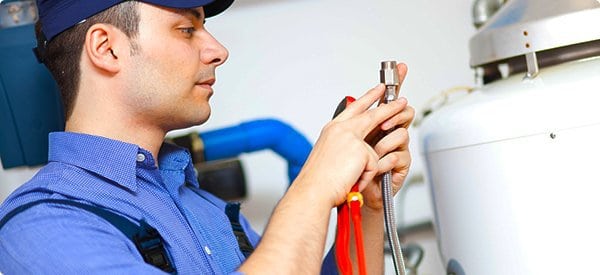A sump pump is a specialized mechanical device that is used for pumping flood water from the lower levels of a building. Usually installed in a sump pit in the basement, this pump plays a critical role in the prevention and mitigation of flood-related hazards and damages to the foundation and lower floors and walls of a house. This plumbing installation comes with water pressure sensors, which trigger or turn on the sump pump automatically when the flood water reaches a certain level. There are many different types and models of sump pumps with different installation, application, and functional designs. There are several factors that you should consider before buying a new sump pump. These considerations will help you choose the most suitable sump pump in the market in line with your functional needs. One key consideration is the type or place of installation: underground or above the ground. The other important factor is the intended functionality or purpose of the pump: main or backup. Other concerns are mainly about the overall/total cost, including the initial/purchase cost, installation, and maintenance fee, a certain type of sump pump. All these important considerations are discussed below. It is also a good idea to talk to your DC plumbing services company for advice specific to your situation.
Nature Of Installation/Application
The nature of application or installation defines the type of sump pump needed. There are two main types of sump pumps, namely submersible and pedestal pumps. And as their names suggest, submersible sump pumps are installed below the ground whereas pedestal models are placed above the ground. Submersible types require a fitting underground excavation to house or accommodate the device and they are usually burrowed and covered up in a deep sump pit. Pedestal sump pumps are installed on the surface of the basement, especially when there is no sump pit or if it is too narrow. Due to their underground location, submersible sump pumps are usually quieter than the pedestal models.
Intended Functionality
The second crucial factor to consider when sourcing for a new sump pump is your functional requirements/needs. As you already know, sump pumps are used to drain away flood water from the basement. Most houses are equipped with two sump pumps; a main pump and a backup. The main pump is mostly installed under the foundation slab during the construction of the house. Main sump pumps are usually connected to the main electrical system in the house and are hence susceptible to functional failure during a power outage. That is why you need an additional battery powered backup sump pump to pump out flood water during a blackout. Submersible sump pumps are more powerful, in terms of horsepower and more durable, than pedestal models. The former is usually installed as the main pump while the latter usually serves as a complementary backup.
Initial Costs, Repair And Maintenance
Submersible sump pumps are usually more expensive or costly to acquire and install than pedestal models. This is due to the fact that submersible models are more powerful, more long-lasting, and they are installed underground. And when it comes to paying for DC plumbing repairs and maintenance services for these underground pumps, the cost is far much higher than for the pedestal types. The hired professional endures a hard long dig before reaching the pump, which is burrowed beneath a taxing layer of foundation stone and concrete. And although they are more hardy and durable than pedestal models, submersible pumps can require expensive replacement parts.




